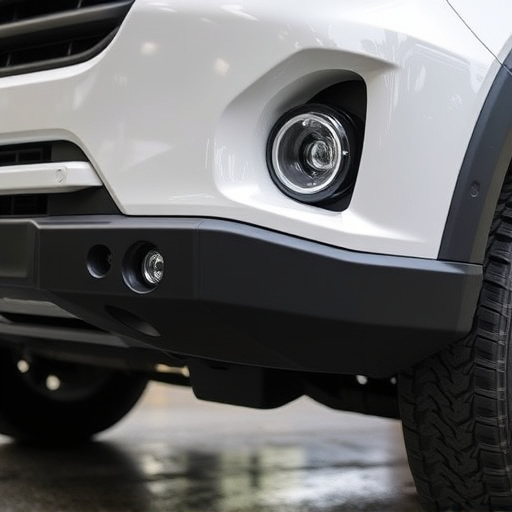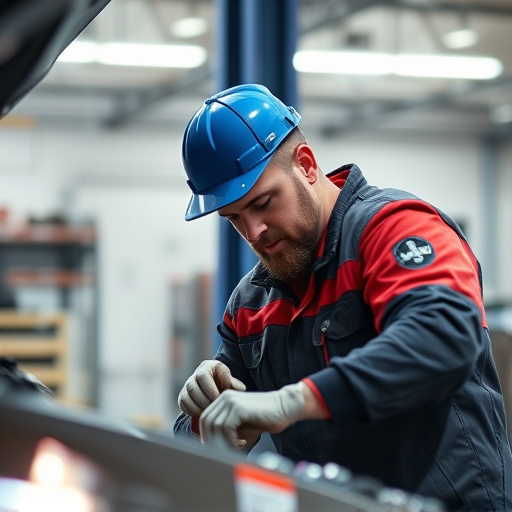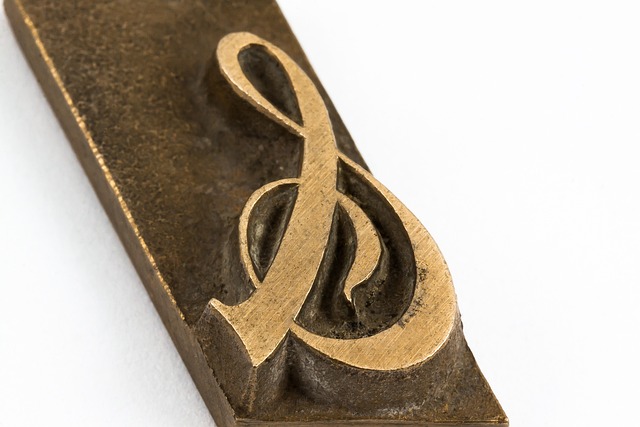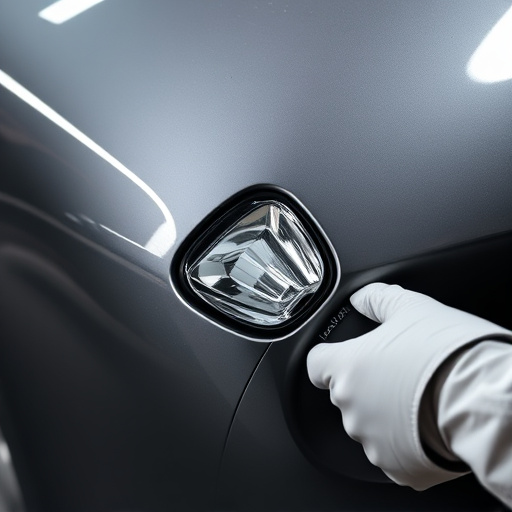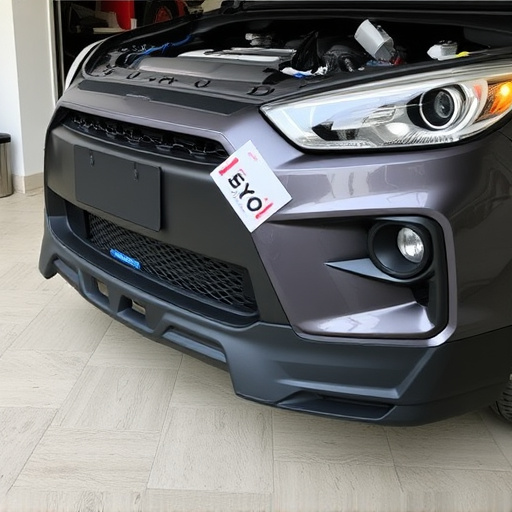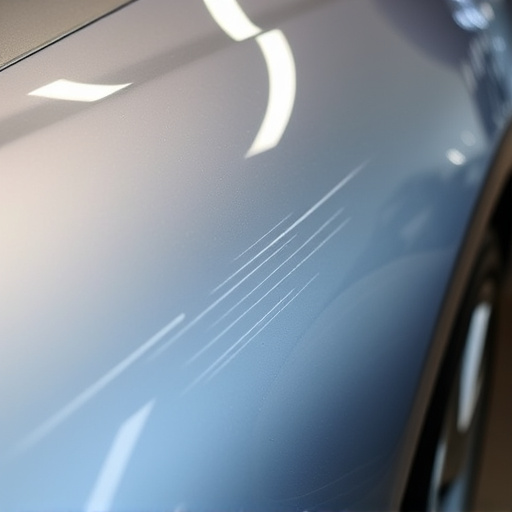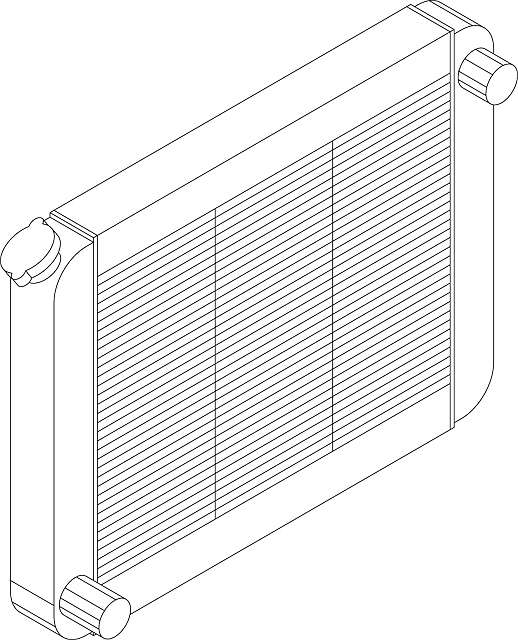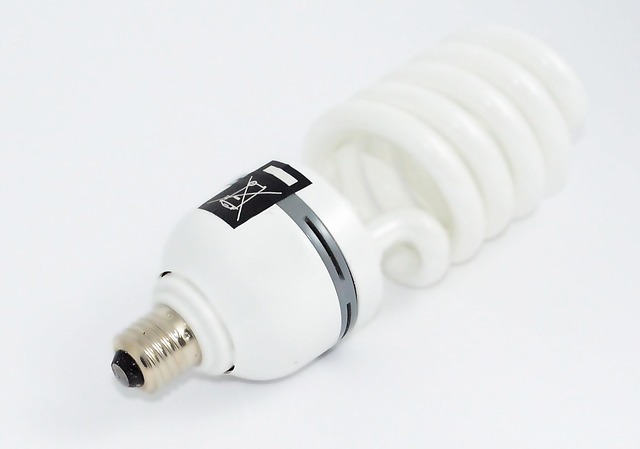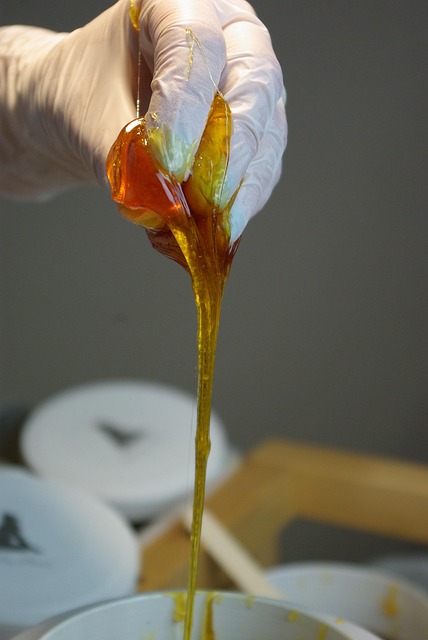Safety glass replacement adheres to stringent NHTSA regulations in the US, enhancing vehicle and passenger safety by preventing shattered glass from becoming hazardous fragments during collisions. Regulatory bodies and industry standards ensure quality and performance criteria for safety glass, critical for structural integrity and occupant protection. Proper installation, certified materials, and regular training are essential for accurate alignment, secure sealing, water resistance, and impact resistance.
Safety glass replacement is a critical process that requires stringent adherence to established standards. This article delves into the essential aspects of regulating these standards, shedding light on the crucial roles played by various regulatory bodies. We explore the significance of understanding safety glass standards and how they ensure the integrity and quality of replacement practices. By the end, readers will grasp the importance of compliance in maintaining secure and reliable window and door solutions.
- Understanding Safety Glass Standards
- Regulatory Bodies and Their Roles
- Ensuring Proper Replacement Practices
Understanding Safety Glass Standards

Safety glass replacement involves adhering to specific standards to ensure the integrity and safety of windows and other glass components in vehicles. These standards are crucial for preventing accidents and mitigating potential injuries from shattered glass during an impact or collision. The primary regulatory body that governs safety glass standards is the National Highway Traffic Safety Administration (NHTSA) in the United States, which sets minimum requirements for automotive glass performance.
For instance, NHTSA’s regulations cover various aspects, including the strength and durability of glass, the design of glass retention systems, and the impact resistance of side windows and windshields. These standards ensure that safety glass used in cars, such as Mercedes-Benz repairs or general car damage repair and scratch repair, meets specific criteria to withstand forces during accidents, preventing glass from breaking into sharp, dangerous fragments. This is especially important for vehicle safety, contributing to the overall protection of occupants and other road users.
Regulatory Bodies and Their Roles

Regulatory bodies play a vital role in ensuring the quality and safety of safety glass replacement across various industries, including collision repair shops and vehicle dealerships. These organizations are tasked with establishing and upholding standards that dictate the materials used, manufacturing processes, and installation methods for safety glass, such as windshields, side windows, and rearview mirrors.
In many jurisdictions, government agencies or industry-specific bodies act as the primary regulators. For instance, in the automotive sector, organizations like the National Highway Traffic Safety Administration (NHTSA) in the United States or similar entities worldwide set guidelines to enhance vehicle safety, including the use of impact-resistant and safety glass materials during collision repair. These standards are designed to minimize the risk of injury during accidents and ensure that replacement parts meet specific performance criteria. Additionally, professional associations and trade groups often contribute by creating detailed specifications and training programs for technicians involved in safety glass replacement, fostering best practices within the industry and promoting the highest levels of craftsmanship in car paint repair and vehicle collision repair services.
Ensuring Proper Replacement Practices

Proper replacement practices for safety glass are essential to maintaining not just the structural integrity of a vehicle but also ensuring the safety of its occupants. This involves adhering to stringent industry standards and guidelines set by relevant regulatory bodies, such as those governing automotive parts and collision repair. When conducting a safety glass replacement, whether in a car body shop or during vehicle paint repair, it’s crucial to use certified materials and employ techniques that meet or exceed manufacturer specifications.
Technicians must be well-versed in the latest practices for safety glass replacement to guarantee that the new glass is installed correctly, aligned precisely, and sealed tightly. This meticulous attention to detail not only prevents water intrusion and rust but also ensures that the glass can withstand high impact forces, should another collision occur. Regular training sessions and staying abreast of industry advancements in safety glass technology are vital steps for maintaining optimal collision repair standards.
In ensuring the integrity and safety of structures, proper regulation of safety glass replacement practices is paramount. Understanding the relevant standards and adhering to them, guided by regulatory bodies, is crucial for effective implementation. By fostering responsible replacement methods, we can maintain structural soundness while safeguarding occupants from potential hazards. This holistic approach leverages knowledge and oversight to optimize safety in all aspects of safety glass replacement.
